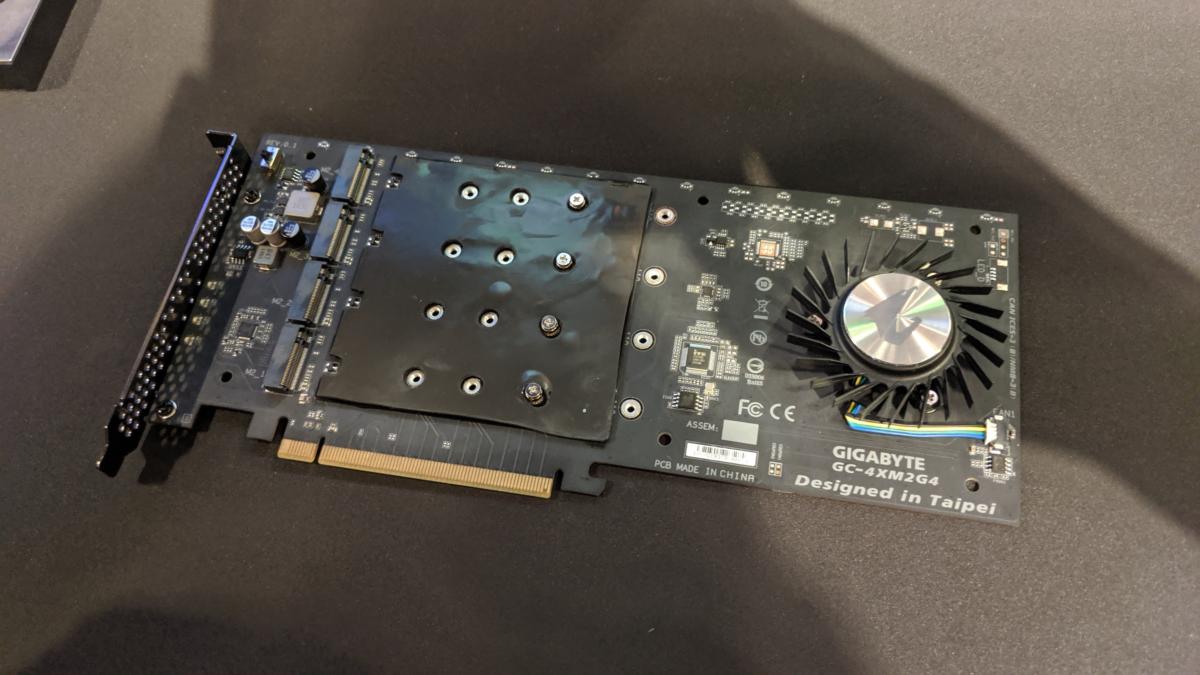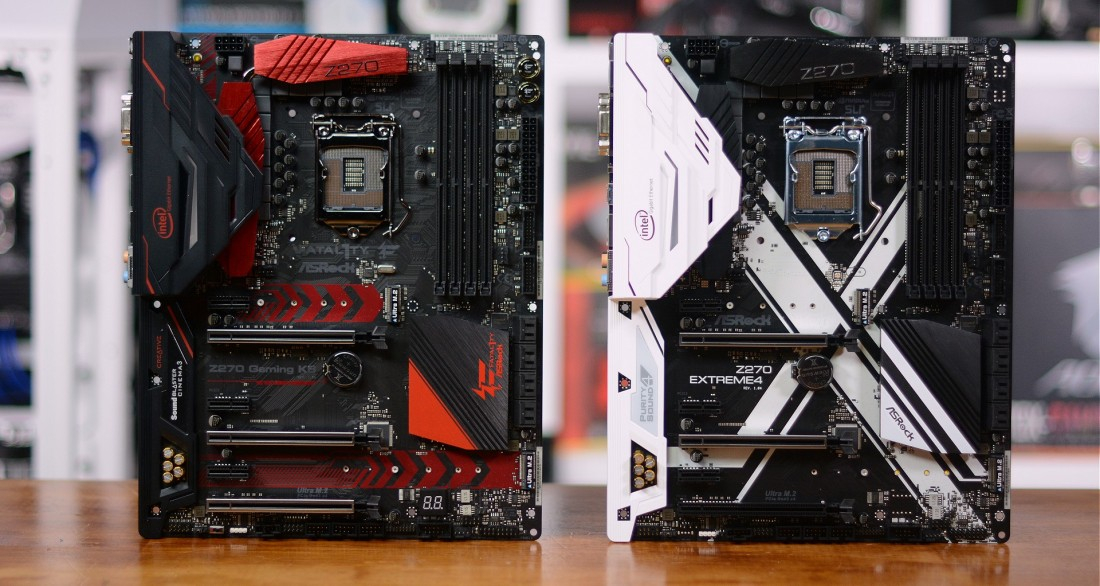wheresmycar
PCI Express. (PCIe.) 4.0 capable retimers extend the channel reach on a platform to beyond what is possible otherwise. With PCI Express 4.0 (16 GT/s), data rate has increased by 2x compared to previous generation (8 GT/s), resulting in shorter channel reach. The PCI-SIG ®, the organization responsible for the PCI Express ® (PCIe ®) standard, released the PCI Express Base Specification Revision 4.0 Version 1.0 in 2017. This specification doubles the throughput of PCIe from approximately 1GBs per lane to approximately 2GBs per lane. The latest PCI Express standard, PCIe 5, represents a doubling of speed over the PCIe 4.0 specifications. We’re talking about 32 Gigatransfers per second (GT/s) vs. 16GT/s, with an aggregate x16 link bandwidth of almost 128 Gigabytes per second (GBps).
Sometime ago I helped my relative upgrade his CPU, Motherboard and RAM with Zen 3 in mind and would hate to realise if limitations apply for other impending upgrades. My relative currently has the MSI MPG B550 GAMING PLUS board which lists the following specification for PCIe 4.0.- 1x PCIe 4.0/ 3.0 x16 slot (PCI_E1) 1
- 1x PCIe 3.0 x16 slot (PCI_E3), supports x4 speed 2
- 2x PCIe 3.0 x1 slots
- The supported specification depends on installed processor.
- When installing PCIe SSD in M.2_2, PCI_E3 slot will be unavailable.
Does this mean the graphics card slot 100% supports PCIe 4.0 out of the box?
In reference to 'supported specification depends on installed processor' .... is the Ryzen 3600 fine for 4.0? (not a huge concern, as he's looking to upgrade to a 8-core Zen 3 processor later)
If 20GB VRAM variants (3080) come into existence, are these cards more likely to benefit from 4.0 scaling? The 10GB variant doesn't see much benefit as seen in one of TPUs excellent reviews https://www.techpowerup.com/review/nvidia-geforce-rtx-3080-pci-express-scaling/ hence wondering whether more VRAM means 'considerably' more PCIe bandwidth consumption?
-------------------
Not sure if the following will help but here's his current build and what he's looking to upgrade:
CURRENT:

CPU: 3600
MOBO: MSI MPG B550 GAMING PLUS
RAM: 16GB (2x8) 3600/16
GPU: older GTX 1070

PSU: older 550W unit
Displays: older 1080p 75hz panel + 1080p 60hz
IMPENDING UPGRADES:
RTX 3080 / Next Gen AMD cards (3080 20GB variant if reasonably priced and announced in the coming weeks/month)
750W PSU
8-core Zen 3 upgrade (later)
4K 144hz display
Pcie 4.0 Specification Pdf Download
(he will be using the 4K display for gaming and the 2 1080p displays for multi-tasking)Some things are better late than never. At its yearly developers conference, PCI-SIG announced the PCI Express 4.0 specification to its members. As expected, the updated I/O technology will offer twice the bandwidth of PCIe 3.x while retaining full backwards compatibility.

Although it started as a key I/O component in PCs, PCIe now serves as the interconnect for any number of devices, including those in the server, storage, and mobile markets. The full details of the new specification haven't yet been published on the consortium's website, but we're told that it doubles the per-pin bandwidth of the previous generation, offering 16 GT/s data rates.

Pcie Specification 4.0 Pdf Download
Given PCIe's wide variety of use cases, PCI-SIG also decided to improve the interconnect's flexibility and scalability. Developers will have access to more lane width configurations and speeds suitable for low-power applications. Other enhancements include reductions to system latency, improved scalability for added lanes, and lane margining.
PCI-SIG also teased the upcoming PCIe 5.0 specification. Penciled in for 2019, PCIe 5.0 will push the available bandwidth to 32 GT/s. One application that the consortium has in mind is high-end networking, where the architecture can serve up 128 GB/s of bandwidth operating at full duplex.
The PCIe 4.0 specification still needs to undergo a final IP review, but the PCI-SIG claims that the interconnect is ready to go. Prior to the publication of the spec, the SIG had already been doing compliance testing with a variety of its members, and it claims that a number of 16 GT/s solutions have already been worked out. Perhaps we'll see products using the new spec make their way to shelves sooner than later.